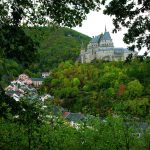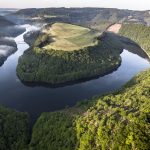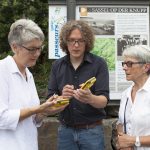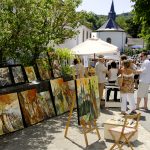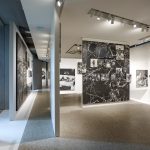Nature Park Our, Luxembourg
Consisting of eight municipalities, the intercommunal association Nature Park Our us located in the North of Luxembourg on the border to Belgium and Germany. The area, which exists since 2005, is characterised by a multicultural population and is an attractive living and working space for some 21.000 inhabitants, 30 percent of which are non-Luxembourgian.
Until the beginning of the 1980ies, this situation was completely different: While the nationwide population was growing, the region was threatened by the loss of inhabitants and working spaces. This downfall was faced first by some communities in collaboration with federal instances. Knowing that the only way to a bright future was collaboration, common industrial areas as well as cultural and educational initiatives, particularly in the field of youth work, were initiated. The growing amount of high-quality working spaces as well as attractive social, cultural and leisure infrastructure motivate many young families to settle down within the region.
The economic overturn was initiated and new areas had to be tackled. Based on strong civic involvement with participants and interest groups from all eight municipalities, development strategies were formulated. Projects that focussed on economic, ecological and social development were implemented.
The major role of agriculture and forestry became an important cornerstone in this process. Nature reserves were designated, measures for refinement and the promotion of new products were undertaken. Other noteworthy aspects are local heat plants using wood from the region as well as a biogas plant operated by an association of farmers. They played a major part in the early achievement of goals concerning renewable energy within the national sustainability programme. These efforts are also visible in the wind park as well as photovoltaik systems used in agriculture, industry and private homes. The connected subject of mobility is faced innovatively. Flexible, private measures supported by the communes, such as a call bus for youth and senior citizens, a late-night-bus as well as a free-of-charge power station for e-bikes are offered in the field of public transport.
This intercommunal collaboration allows for a modern and diverse variety of social infrastructure establishments. Through measures such as day care centres, the proactive youth work “Youth4Work” that qualifies young adults for the job market, as well as establishments for handicapped people who can find work in the agricultural are, and also various care facilities for the elderly, the municipalities are able to cover the needs of all generations.
These successes are the result of an open collaboration over many years. This openness is reflected in the integration of foreign inhabitants and asylum seekers.
Evaluated: 2016

